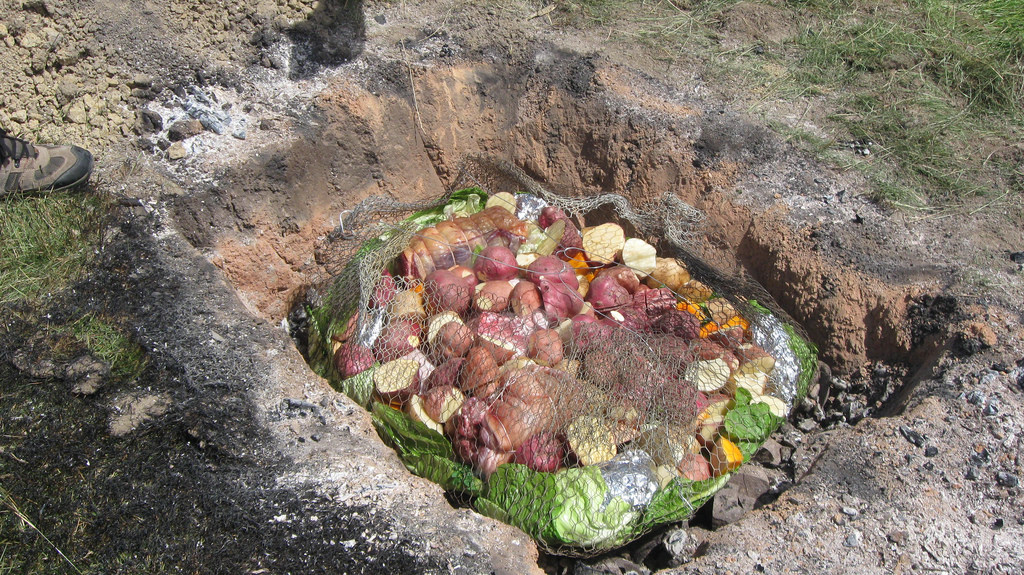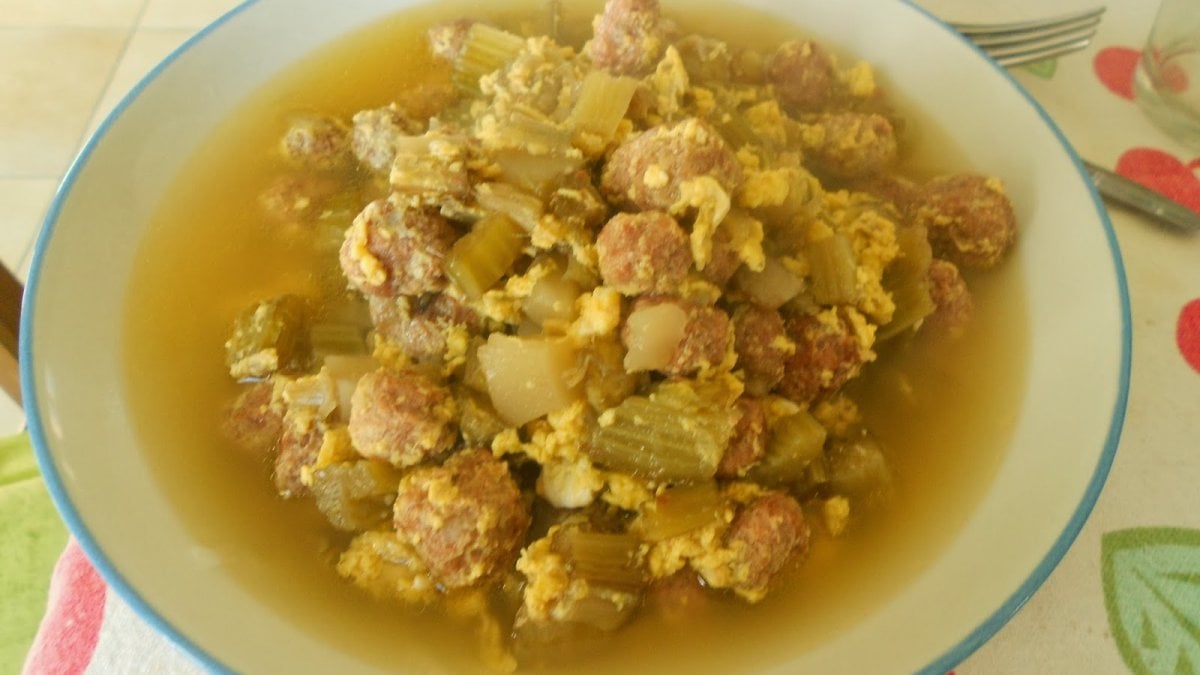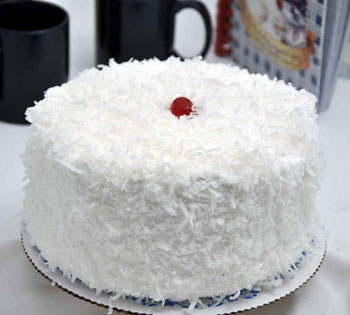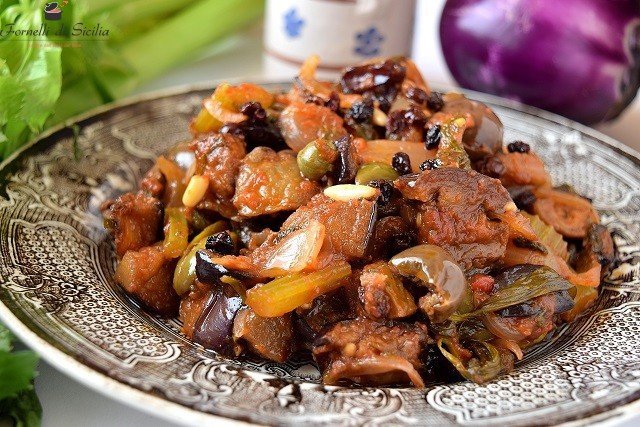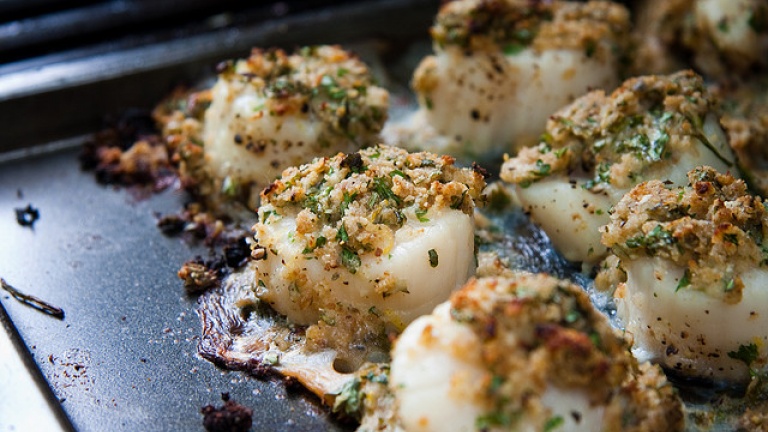What is a hāngī?
In traditional hāngī cooking, food such as fish and kumara (sweet potato), were cooked in a pit dug in the ground. Today, pork, lamb, potato, pumpkin and cabbage are also included.
Hāngī food, or ‘kai’ in Māori, was traditionally wrapped in flax leaves, but a modern Hāngī is more likely to use cloth sacks, aluminium foil and wire baskets.
The baskets are placed on hot stones at the bottom of a hole dug into the ground. The food is covered with a wet cloth and a mound of dirt that traps the heat from the stones.
The Hāngī food is left in the ground for about three to four hours, depending on the quantity being cooked.
The result of this process is tender meat and delicious vegetables, infused with smoky, earthy flavours.
